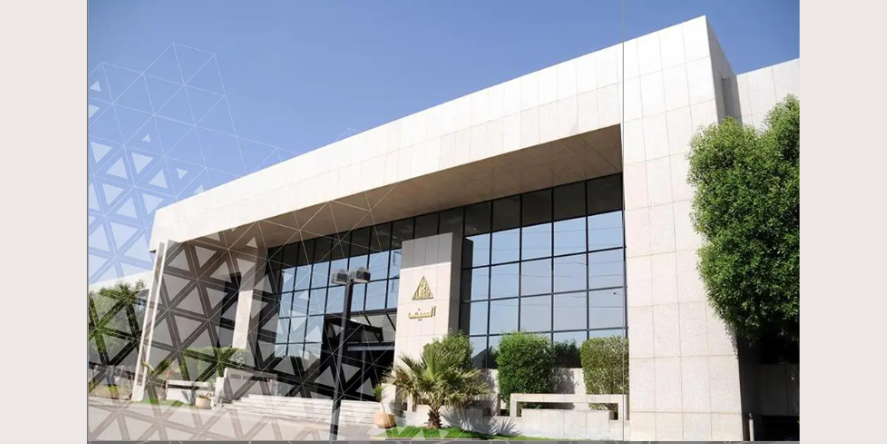In the modern business environment, managing access to information and resources efficiently and securely is crucial. One of the most effective ways to achieve this is through Role-Based Access Control (RBAC). By assigning permissions based on specific roles within an organization, RBAC simplifies access management, enhances security, and ensures regulatory compliance. This article delves into the power of role-specific access and how it can streamline permissions within an organization.
Understanding Role-Specific Access
Role-Based Access Control (RBAC) is a method of managing access rights where permissions are tied to defined roles rather than individual users. It’s important that each business understands what is role based access control and where it’s most needed in their company.
The Benefits of Role-Specific Access
- Enhanced Security
- Minimized Risk: Limiting access to only the necessary resources reduces the risk of unauthorized access and potential data breaches. By ensuring employees can only access information relevant to their roles, businesses can better protect sensitive data.
- Controlled Privileges: Role-specific access helps to prevent privilege escalation attacks, where users gain higher access levels than intended, thus maintaining a secure environment.
2. Improved Efficiency
- Simplified Management: Managing access rights based on roles rather than individuals simplifies the process for IT departments. Changes in employee status, such as promotions or departmental transfers, can be managed by updating the user’s role.
- Streamlined Onboarding: New employees can be quickly onboarded by assigning them predefined roles, ensuring they have immediate access to the necessary tools and information.
3. Regulatory Compliance
- Adherence to Standards: Many regulations, such as GDPR, HIPAA, and SOX, require strict access controls to protect sensitive data. Role-specific access helps organizations to meet these requirements by providing clear, enforceable access policies.
- Audit Trails: RBAC systems often include logging and monitoring capabilities, which are essential for auditing access and demonstrating compliance during reviews.
Implementing Role-Specific Access
- Define Roles and Responsibilities
- Identify Functions: Start by identifying the various functions within the organization, such as management, finance, human resources, IT, and operations.
- Map Responsibilities: Clearly map out the responsibilities and access needs for each role. Consider what information and systems each role requires to perform their job effectively.
2. Assign Permissions
- Set Access Levels: For each role, assign access levels to specific resources. Ensure that these permissions are limited to what’s necessary for the role, following the principle of least privilege.
- Review and Adjust: Regularly review access permissions to ensure they remain appropriate as roles evolve and business needs change.
3. Implement Access Controls
- Access Management Tools: Utilize access management tools and software to enforce role-based access controls. These tools can automate the assignment of roles and monitor access patterns.
- Multi-Factor Authentication (MFA): Enhance security by requiring MFA for accessing critical systems and sensitive data. MFA adds an additional layer of verification, making unauthorized access more difficult.
4. Monitor and Audit Access
- Continuous Monitoring: Implement continuous monitoring to detect any unusual access patterns or potential security breaches. Automated alerts can help IT teams to respond swiftly to potential threats.
- Regular Audits: Conduct regular audits of access logs to ensure compliance with internal policies and regulatory requirements. Audits can identify discrepancies and areas for improvement in access management.
5. Employee Training and Awareness
- Security Training: Provide regular training for employees on the importance of access controls and the role they play in maintaining security. Training should include how to recognize and report potential security threats.
- Policy Communication: Clearly communicate access control policies to all employees, ensuring they understand the reasons behind these controls and their responsibilities.
Challenges and Solutions
- Complex Role Definitions
- Solution: Simplify role definitions by grouping similar functions and responsibilities. Avoid overly granular roles that complicate management.
2. Resistance to Change
- Solution: Engage stakeholders early on in the process and highlight the benefits of RBAC. Provide adequate training and support to ease the transition.
3. Dynamic Business Environments
- Solution: Regularly review and update roles and permissions to reflect changes in the business environment. Use agile access management tools that can adapt to these changes.
Conclusion
Streamlining permissions through role-specific access is a strategic approach that enhances security, improves efficiency, and ensures compliance. By implementing Role-Based Access Control, organizations can protect sensitive information, simplify access management, and create a more secure and productive work environment.
While challenges may arise, proactive planning, continuous monitoring, and employee engagement can ensure the successful implementation of RBAC. As businesses continue to evolve, maintaining robust access control measures will remain a critical component of organizational security.










